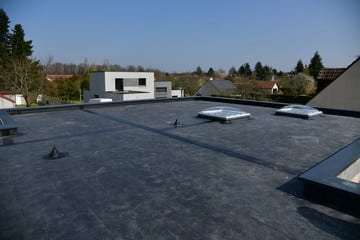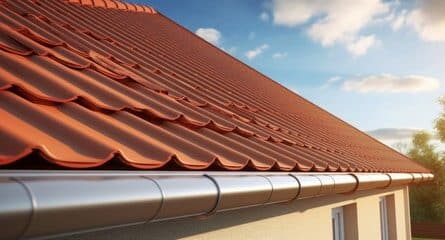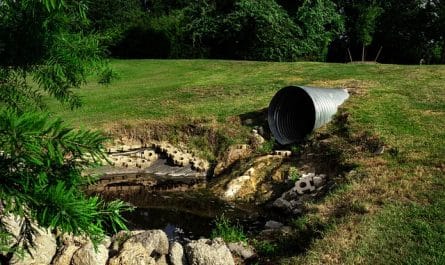As part of a facade renovation project, it is essential to take into account several elements in order to ensure a result that is both aesthetic and durable. Among these elements, we find in particular the choice of materials, renovation techniques and compliance with regulations in force. In this article, we offer you an overview of the key steps to successfully renovating your facade.
Step 1: Carry out a diagnosis of the facade
Before starting the renovation work, it is essential to carry out a complete diagnosis of the facade. This diagnosis will allow the general condition of the building to be assessed and any possible damage or humidity problems to be identified.
Main points to check during diagnosis
- The condition of the joints : damaged joints can cause water infiltration, thus threatening the integrity of the facade and the structure of the building.
- The presence of cracks : they are often a sign of a structural problem or deterioration of materials and require rapid intervention.
- Painting or coating problems : peeling of paint or coating can indicate an adhesion problem, often linked to humidity problems.
- Waterproofing of the facade : it is important to check that water does not seep into the walls, which could cause significant damage.
Step 2: Choose the right materials and techniques
Once the diagnosis has been made, it is appropriate to choose the renovation materials and techniques appropriate. Several factors come into play in this choice, such as the type of building, the condition of the facade and regulatory constraints.
The different types of facade coverings
- Painting : ideal for refreshing a facade, the paint offers a wide variety of colors and finishes (matte, satin, glossy). However, it requires good preparation of the support and regular maintenance.
- The coating : made up of a mixture of cement, lime and sand, the coating protects the facade sustainably against bad weather and provides a neat finish. There are several types of coatings (troweled, sprayed, scraped) to adapt to different surfaces.
- The cladding : often made of wood, metal or PVC, cladding offers additional protection to the facade and helps reinforce the thermal insulation of the building. It is particularly suitable for modern construction and major renovations.
The most common renovation techniques
- Facade cleaning : it can be carried out by different methods (high pressure, scrubbing, hydro-scrubbing) depending on the nature of the dirt and the type of coating.
- Repairing cracks and joints : it requires the use of specific materials (putty, mortar) and technical know-how to ensure a lasting repair.
- Applying a paint or coating : this step is crucial to protect the facade against the elements and give it an aesthetic appearance. It must be carried out with care and precision.
Step 3: Comply with current regulations
To successfully complete your facade renovation project, it is necessary to respect the town planning and construction regulations. These rules vary depending on the municipality and can impose constraints on the choice of materials, colors and renovation techniques. Here are some key points to consider:
Local planning rules
It is imperative to consult the Local Urban Planning Plan (PLU) of your municipality to find out the specific provisions concerning the renovation of facades. The PLU can in particular impose constraints linked to the aesthetics of the building (colors, materials), respect for the architectural heritage or even thermal insulation.
Prior authorizations and declarations
Depending on the importance of the renovation work, it may be necessary to obtain authorization or carry out a prior declaration of works at the town hall. This administrative process ensures that your project complies with local planning rules and thus avoids possible sanctions in the event of non-compliance.
External thermal insulation
When a facade renovation is carried out on a building whose habitable surface area is greater than 50% of the total surface area, it is generally obligatory to carry out a improvement of thermal insulation. This measure aims to reduce energy consumption and greenhouse gas emissions. It is therefore important to find out about the insulation requirements and choose suitable materials and techniques.
Step 4: Call a qualified professional
To guarantee the success of your facade renovation project, it is advisable to call on a qualified professional. Indeed, carrying out a renovation requires technical skills and in-depth knowledge of the materials and regulations in force. A professional will be able to guide you in choosing the solutions adapted to your building, carry out the work according to the rules of the art and provide you with a ten-year guarantee on the work. It is important to choose carefully the person to whom you will entrust the renovation of your house.
In conclusion, successfully renovating your facade involves following several key steps: carrying out a complete diagnosis, choosing the right materials and techniques, complying with current regulations and calling on a competent professional. By taking care to follow these recommendations, you will be able to enjoy a facade that is both aesthetic and durable.







